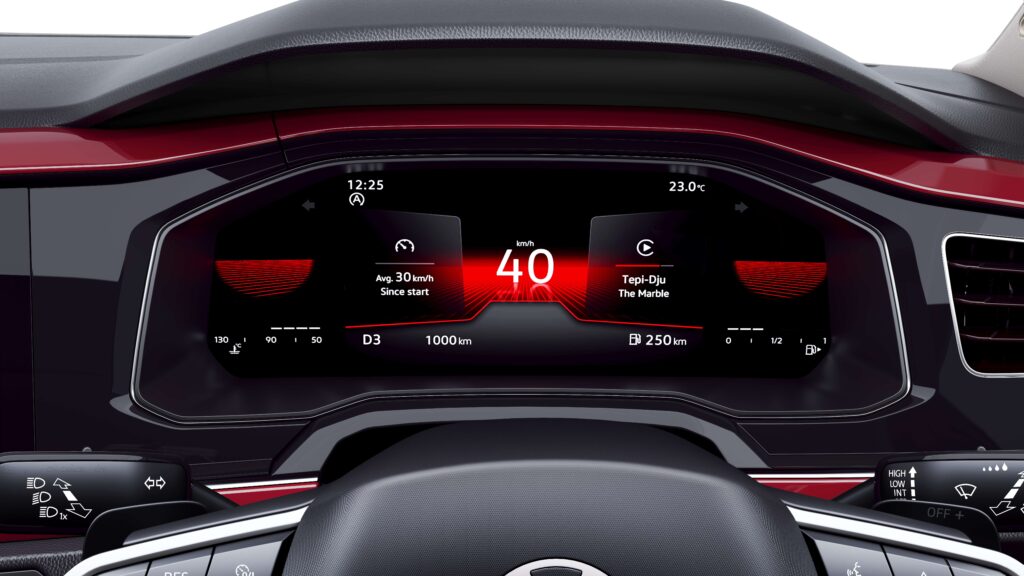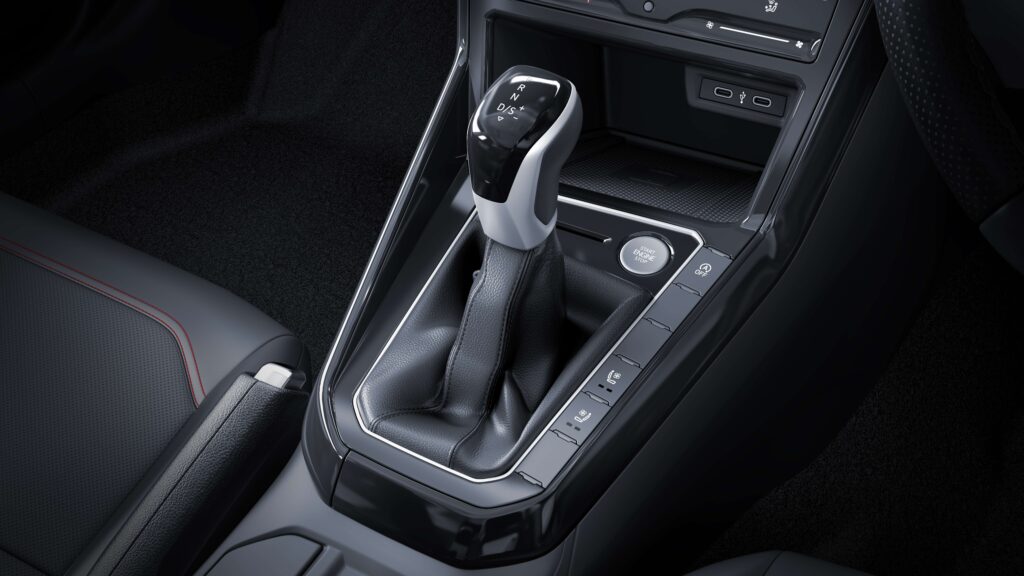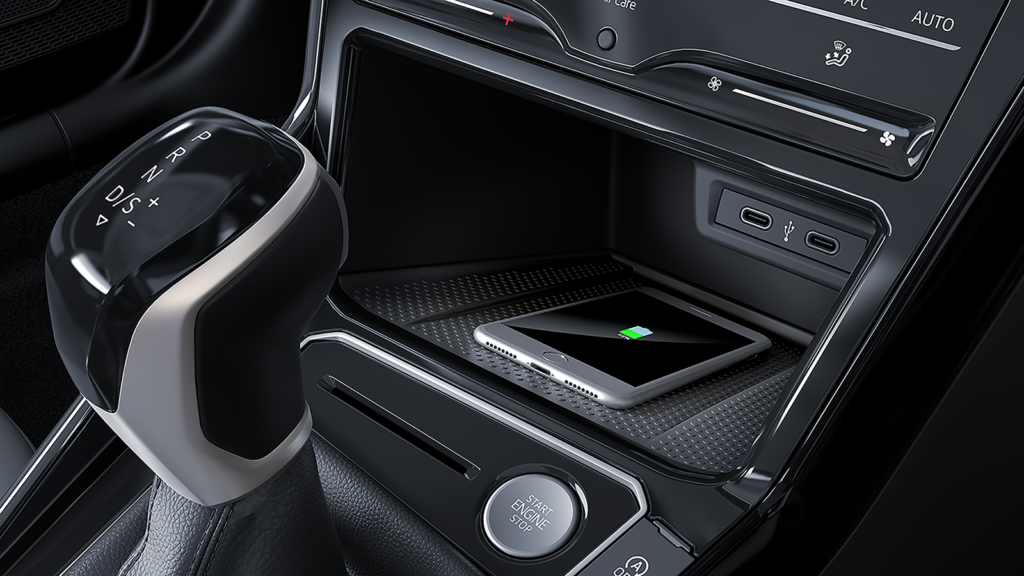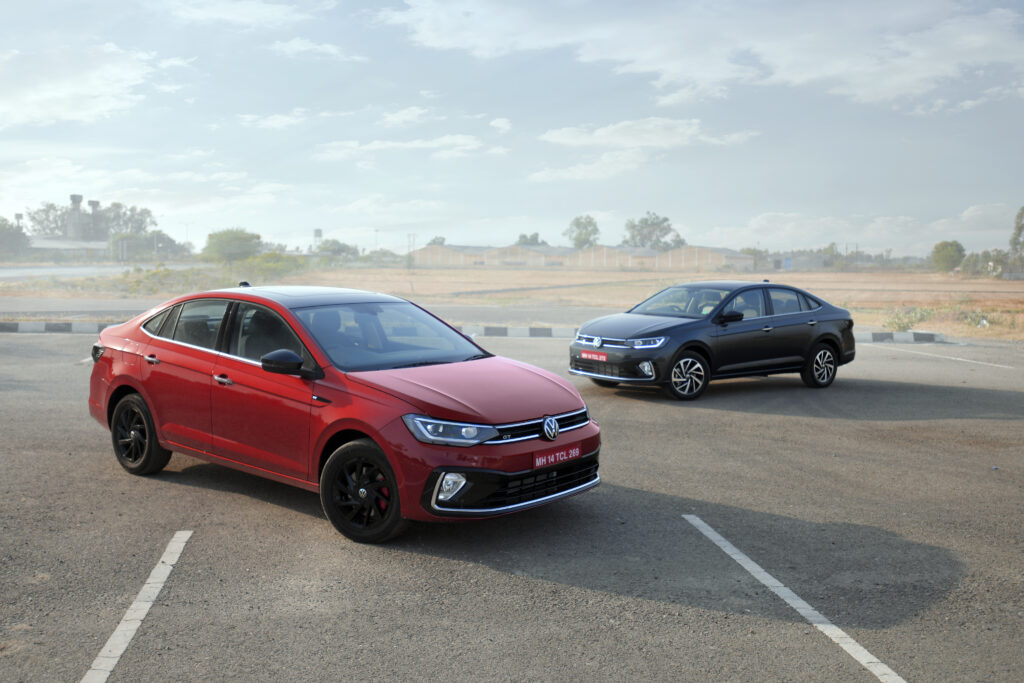The C segment Sedan space is a dying space, desperately begging for a fresh breath of air. When you view it alongside the SUV/Crossover segments, you couldn’t see anything inspiring happening. That is until Skoda stepped in to spruce it up with the Slavia and now Volkswagen is sending more reinforcements with this new Virtus. We’ve already driven the Slavia and with the Virtus, can Volkswagen pull some of the SUV/Crossover crowd back into sedans? Before we find that out, let’s take a brief history lesson.

Volkswagen has been involved in the development of the Sedan segment for quite some time now and with the launch of Vento back in 2010, they could make a big impact in the mass market. But even VW realised they can’t sell the same car for 12 years straight with absolutely no major updates. Well fast forward to 2022 finally here we are with the Virtus.
The Virtus is a big saloon based on the MQB-A0-IN platform which is also shared with the Taigun. It is also the longest (4561 mm) and widest (1752 mm) in its segment. VW has offered the Virtus in two trims:
The Dynamic Line: which comes with a 1.0L 3-cylinder TSI engine in 6-speed manual transmission or automatic transmission options producing 115 horses with 175NM of torque
Performance Line: Comes with GT badge runs on the 1.5L TSI EVO engine with a 7-speed DSG transmission producing 150 horses with 250NM of torque.
Exterior
The Virtus catches your eye at the very first glance. The nice and sleek front grille with subtle chrome accents merging with the DRLs on the all-LED headlamps and the VW logo in the centre reminds is indeed handsome and is on par with Volkswagen’s styling language globally. The lower part of the front bumper includes a massive air dam, with a gloss black finish outlined by the sleek chrome line and making the fog lamps look perfectly in place.

At the side profile of the car, you see this nice shoulder line starting from the front fender and going all the way up to the rear. You also see Blacked-out B-pillar being complimented by chrome bidding on the windows. Volkswagen has nailed it with the design of the Virtus where it has a perfect blend of chrome and gloss black accents all around the car.

On the side, the Performance line can be differentiated with the GT badge on the fender and the 16-inch all-black alloys. The addition of 17-inch wheels would’ve made it more appealing but that can always be changed to to an aftermarket set later on.

The rear continues with the sharp line with partially blacked-out taillights that have an edgy and sophisticated appearance, and the lower of the bumper has this fake exhaust sort of a treatment outlined by a chrome line. You need to peek underneath the twin tips to see the exhaust. The only gripes I have with the appearance are those uninspiring black wheels and the jacked-up stance of the car.

The Virtus comes in 6 different colour options:






Interior
Open the door and hop in the Virtus, you’ll see a cabin similar to that of Taigun, but you won’t mind. It is a pretty looking place to be in. You have nice piano black panels on the dash up front and beige colour for the lower part. The big 10-inch infotainment system with wireless apple car play and android auto followed by the touch-sensitive aircon controls make the cabin feel premium.

The lovely leather-wrapped three-spoke steering with steering mounted control and small-eared paddle shifters feel very upmarket. The 8-inch digital instrument cluster adds a cherry on top of the cake. Other than this, you get ventilated front seats with only a cooling feature.

The performance line gets some of the extra bits like ambient lighting and body-coloured highlights on the dash with red stitching on the seats. The rear is also a good place to be in as the car has a good amount of knee room and legroom and an ample amount of under-thigh support. This comes as an improvement over the Vento as this car can be chauffeur driven.




Driving Impressions
The Drive of the Virtus will make you realize what was being missed in the segment, the directness of the steering and the high-speed stability of the car are commendable. I wished it had more feedback and feel but it more than does the job. Its composure over most corners will encourage you to drive enthusiastically. And because it has a stiffer chassis, it has enabled them to run softer springs which, greatly improves the ride over the Vento.

The 1.0L 3-cyl TSI is not something which will put a smile on your face but the elephant in the room will, that is the 1.5L 4-cyl TSI mated to a seven-speed DSG. This engine is a game-changer and redefines the car in a straight line. Step on the pedal and the DSG doesn’t hesitate to give you the right gear. All of the 250NM of torque is delivered instantaneously and is a joy to use when you’re really pushing it. This engine is also surprisingly rev-happy for a Turbo petrol and the power is spread out evenly.

The 1.0 TSI is also a good engine mated to a six-speed torque converter or a six-speed manual. It is a great package for someone who loves city driving. The torque converter is more than capable in most situations and the shifts and quick and seamless. I have to stress that the DSG in the 1.5 is a DQ200 unit, which has its share of unreliability and failures. While VW has made several improvements over time, it is just bulletproof yet.

The Virtus starts from 11 lakh rupees and goes all the way up to 18 lakh rupees (ex-showroom), which makes the Virtus an expensive German. Nevertheless, VW has differentiated Virtus from its sibling Slavia in every term possible. The VW logoed car feels better put together and the top of the line GT is cheaper than its sibling’s top variant. We think a manual for the GT trim would have made Virtus a no-brainer. If you are out in the market to replace your Vento you should consider this.








